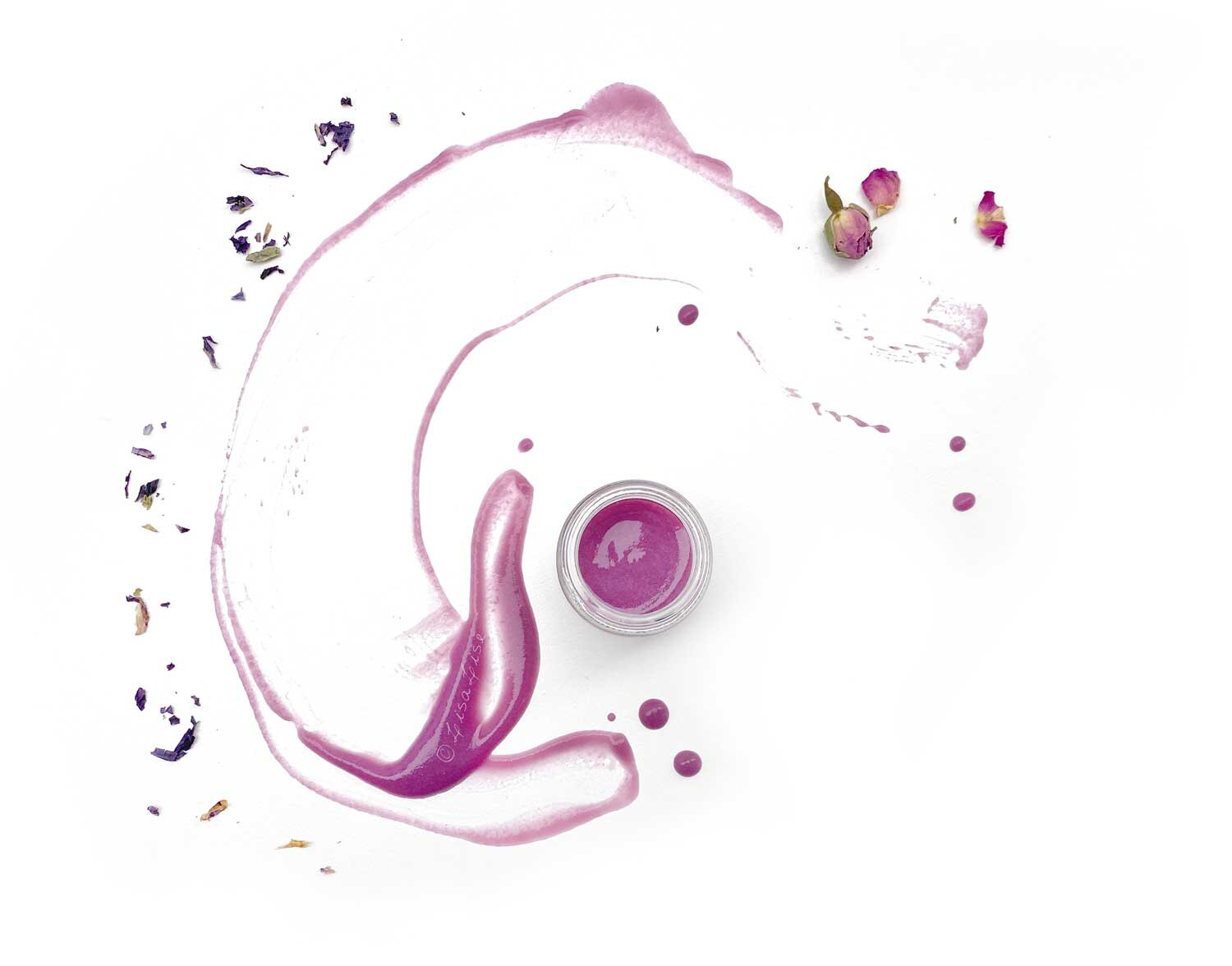Handcrafted Yarrow Distillate
Lise
Pictured above: a handcrafted yarrow hydrosol.
Earlier this year, I bought a still and have been learning a bit about how to use it to make my own plant distillates. Although many distill plants to obtain essential oils, my main interest is in making my own hydrosols to use either straight up as skin mists or as ingredients in my cosmetics.
Today, I’m going to walk you through my process of making this hydrosol.
A Bit About Yarrow
The plant I am using in this batch is known as Yarrow. Its botanical name is Achillea millefolium. The Achillea part of the name has its roots from the Greek God Achilles – the name source of the entire Achillea genus. The word millefolium is (also) from Greek and means ‘bearing numerous leaves’.
Yarrow grows in abundance where I live and the plants I am using in this distillation were all wildcrafted and collected shortly before making the distillation.
Yarrow grow in a range of colors - from white to bright pinky-red hues. In my neck of the woods, they range from white to a lovely light pink.
Yarrow gets (part of) its botanical name from the lovely, fern-like leaves which carry as many actives and useful constituents as the flowers. They are therefore included in the still, but I have separated them from the flowers as I wanted to layer the different parts of the plant in the still.
The flowers are placed directly on the steamer insert, which is then placed in the still. The leaves were placed as a top layer over the flowers. On top of all the plant material, my copper ‘birds nest’ is placed before putting on the lid.
Check the previous post for a closer look at how I stack the different parts for the distillation process.
To my surprise and delight, this batch produced a small, but noticeable amount of essential oil. If you look at the photo above, you’ll see the surface of the water is ‘speckled’ with little droplets. As there isn’t enough to separate it from the water, I am using the hydrosol as is.
Packaging the Hydrosol
Since I started this distillation adventure, I have been packaging my hydrosols in glass karafes (as pictured here). These are super easy to sanitize and reuse. The lid is an airtight silicone ‘cup’ that allows me to ‘burp’ out air and suction down the lid. These karafes are sold to restaurants and cafe’s and are available in numerous sizes.
The yield for this batch was 750 ml.
Do Tell
Have you ever considered making your own hydrosols?
Tip: A handcrafted hydrosol can be used as a lovely skin mist, but can also function as the water phase in an emulsion.

























